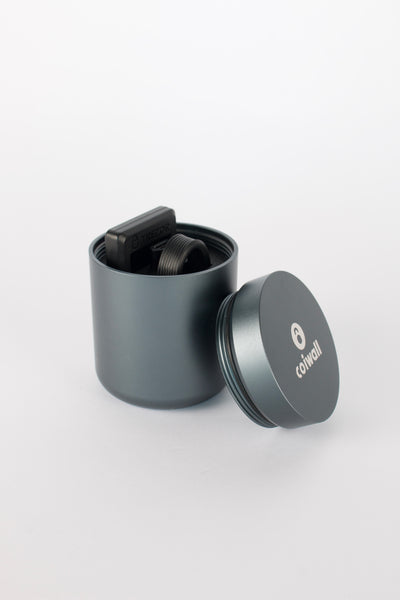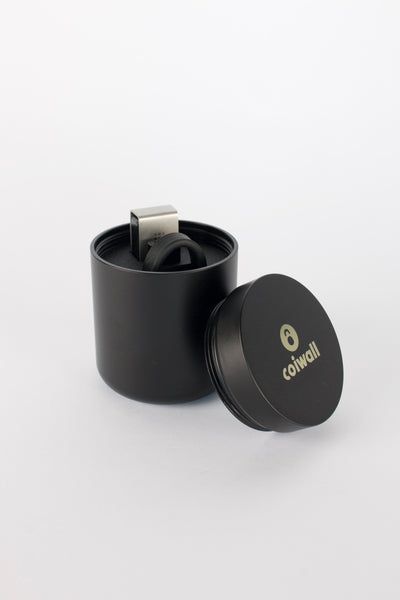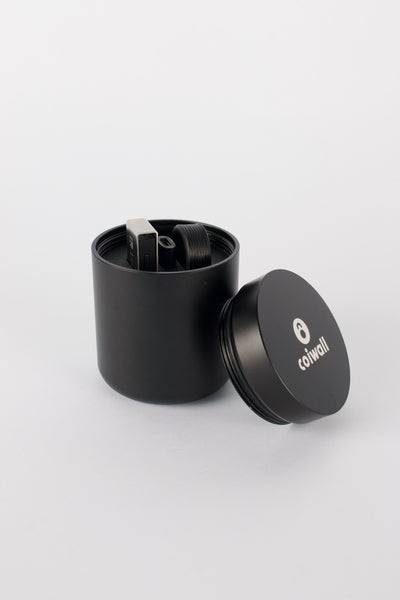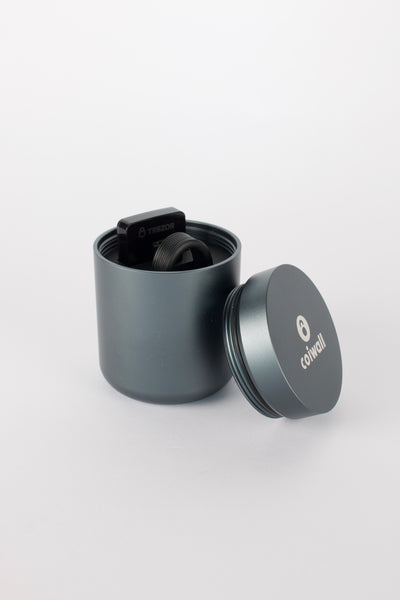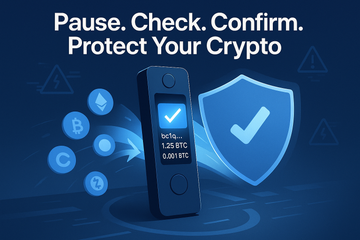The digital frontier of crypto sometimes feels like it's equal parts gold rush and wild west—exciting, a little intimidating, and, if you’re not careful, a load of trouble can sneak up out of nowhere. Maybe you’re holding your breath while transferring digital assets, or maybe you’re relaxed, thinking that your shiny new hardware wallet is bulletproof. But here's the catch: it’s not magic. The real secret? Always verify every transaction on the device screen itself. And believe me, this simple habit might just save your savings one day.
You Can’t Trust a Screen You Don’t Control
Let’s get this straight: software wallets and desktop apps are convenient, sure. But they’re also frequent targets for malware, sneaky browser hijacks, and—let’s be honest—users clicking what they shouldn’t. If you’ve been kicking around the crypto space for a while, you’ve seen all sorts of horror stories. A misplaced decimal. A copied-and-pasted address that suddenly demands a double-take. But with hardware wallets like Trezor or Ledger, the transaction confirmation happens on a little screen that exists outside your potentially compromised laptop or smartphone.
That external screen isn’t just a design quirk. It’s a safety net. If malware tries to trick you by showing you one thing on your computer screen but sending your crypto somewhere else, your device’s tiny display reveals the real destination. And that’s the one you should trust. Not the flashy app. Not the web extension. That little two-inch screen in your hand.
Wait—Can’t Hardware Wallets Be Compromised Too?
Now, I hear you. Can’t those devices themselves be tampered with? It’s a fair question. Any device in the physical world can be modified, but reputable brands—again, Trezor and Ledger are the household names here—use tamper-evident packaging and cryptographic authenticity checks. Still, the screen is your last line of defense. If the numbers, or the address, or even a tiny transaction memo looks off—stop. Take a breath. Investigate before you say yes.
Practical Reasons to Check Twice (Even When You’re in a Hurry)
Alright, life’s busy. Maybe crypto is just one piece of your financial puzzle—so it’s tempting to breeze through. But even the most careful users have admitted to making simple mistakes when rushing. Imagine sending your stash to an old address, or worse, losing it to a typo. That’s the stuff of regret and endless facepalms.
- Mismatched Addresses: Malicious software can change addresses mid-transaction.
- Wrong Amounts: Fat-finger a zero or decimal? That’s a recipe for headaches.
- Network Fees: Some sneaky scams disguise exorbitant fees on apps but not on the device screen.
It’s like confirming the total at the grocery checkout—you wouldn’t walk away without at least glancing at the receipt, right?
Let Me Explain: The ‘What You See Is What You Sign’ Principle
You might have heard security pros throw around the WYSIWYS acronym. It sounds almost too obvious, but the idea turns out to be a lifesaver: your hardware wallet literally shows you the deal you’re about to seal. Nothing hidden, nothing up anyone’s sleeve. Trezor’s tiny OLED or Ledger’s neat LCD—it’s all there. That’s your final, pre-blockchain approval step.
Think of it as the crypto world’s version of ‘measure twice, cut once.’ You get to see the address, the amount, the extra details. Mess up now? That’s on you—but at least you had a fighting chance.
Anecdotes and Hard-Learned Lessons
I’ve seen folks smarter than me fall for this one: Their computer gets infected, possibly just from a bad browser extension (those can be trouble). The transfer window looks identical; the recipient’s address seems unchanged. But they didn’t check the hardware device screen—and poof, their tokens ended up in some scammer’s untraceable wallet.
Hardware wallet makers hear these stories all day long. It’s a running theme in Reddit threads—a moment’s distraction, a skipped confirmation step, and suddenly someone’s writing a cautionary tale instead of celebrating a successful send. You know what? Sometimes, a second of attention is worth more than any newfangled tech.
Hey, It’s Not Just About Paranoia—It’s About Peace of Mind
Let’s call it what it is. Nobody wants to walk on eggshells every time they send a few tokens. That’s exhausting. By making it a habit to check your hardware wallet screen—really read those details—you’re building muscle memory. Eventually, it’s automatic, but you keep your cool. It’s like double-checking the front door at night; maybe you’re a little obsessive, or maybe you just like sleeping better.
What Exactly Should You Look For?
Here’s a little real-talk checklist for your next transaction throwdown:
- Recipient Address: Every character matches the correct one. No shortcuts. Don’t skim!
- Amount: Is it exactly what you meant to send?
- Network: Are you sure you’re on the right chain? Sending ETH to a BTC address…don’t ask.
- Fees: Do they make sense, or is something fishy going on?
- Memo or Note: Necessary for some coins (like XRP)? Don’t space out here.
Yes, it’s a bit tedious, but think of it as your one-minute insurance policy. Compare what you see on your hardware device with what you input on your computer screen before you hit ‘confirm.’
Making It a Real Habit—Not Just a One-Off
Old-timers in crypto have a sixth sense about this stuff. They’re suspicious by default—which, in the crypto casino, isn’t a bad thing. Truth is, the best habits stick through repetition. Always check the damn device screen. Make it routine. Even if you trust your setup—and even if you just triple-checked the address last time—do it again. Because the one time you don’t… that’s how stories start.
That Little Screen Is There for a Reason
It’s kind of funny—the smallest part of a Trezor or a Ledger might be the most important. If it’s flickering out the wrong address, or a funky-looking number, hit cancel, no matter how rushed you feel. Better to be late than to watch your crypto vanish into the digital abyss with no way—none at all—to get it back.
So the next time you’re sending coins, remember: pause, check the device screen, check it again, and only then confirm. In a landscape built on irreversible transactions and digital trust, that little pause? It counts more than you’d think.

